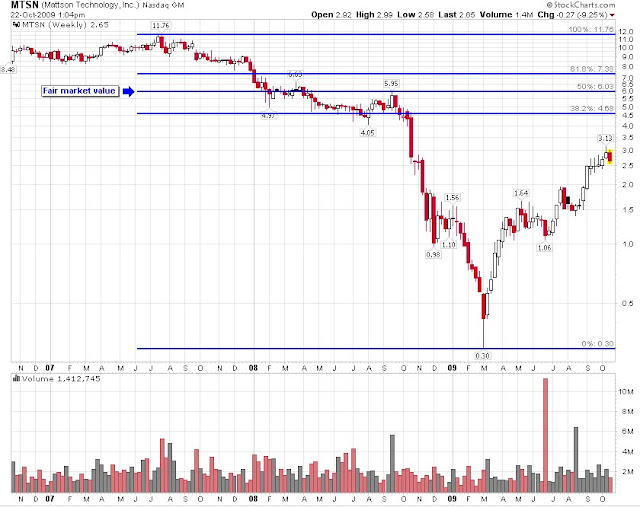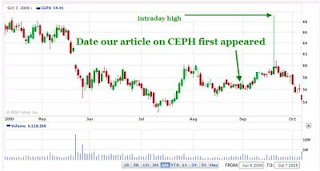On August 3, 2024, Kathleen Tyson, a former central banker, said the following:
“Chinese authorities and resolution experts have been managing down the real estate bubble for over four years. The IMF is frustrated that they can’t collapse China today as they collapsed Japan in 1990. Japan never recovered. China is avoiding that trap skilfully. Growth at 5% is stable.”
We unpack this commentary because it reveals much about efforts to end speculation in real estate and stock markets and highlights how a false narratives can gain traction in our world of revisionist history.
First, the follow-up commentary to the original posting from Kyle Ferrana:
If “…the IMF didn’t offer to give/loan China money, they suggested that China pay $1 trillion of its own money” then the IMF only suggested a policy that China has been implementing on its own for a very long time when it come to declining markets. So, there was no implied snub of the recommendations from the IMF. Instead, it was simply a recommendation that will emerge on the scene eventually.
Now to the commentary of Kathleen Tyson:
“Chinese authorities and resolution experts have been managing down the real estate bubble for over four years.”
If we count back to four years ago, that would bring us back to 2020. However, we do know of the October 17, 2017 speech by Xi Jin Ping where he said that property is not for speculation.
“…The principle was first introduced by China's top leaders at an economic conference last December, as the country sought to crack down on rampant speculative buying in its property market through a flurry of government curbs (Reuters).”
"Houses are built to be inhabited, not for speculation," Xi said in his address at the 19th Party Congress Wednesday in Beijing.”
The October 2017 reference to the December 2016 commentary gives us the impression that the beginning policy to ease prices and end speculation began in 2016, at least.
What is the point of determining when China started “managing down the real estate bubble?” If China is doing a great job controlling their economy and real estate market downward, then how did it become a real estate bubble to begin with?
When and what did the government do to manage down the property market? China initially tried to suppress real estate speculation back in 2003/2004 & 2010:
So how did that 2003/2004 effort to end speculation of real estate go in China?
The impression from the chart above should suggest that though well intended, housing prices in China continued to climb higher. Worth noting is the fact that the peak in China coincided with most global real estate markets, in spite of the government’s efforts to suppress rising prices and speculation.
As is standard practice of governments at the lows, in 2009, China introduced policies to offset prior speculation curbs, which of course had no impact on the inexorable trend.
"There are two short time periods of exceptions when home purchases were encouraged. One happened in 2009, just after the global financial crises, and the other was in 2015 when the government intended to mitigate the problem of housing storage." (page 387)
Jia, Shijun jiashj@gzhu.edu.cn Wang, Yourong rewangyr@cufe.edu.cn Fan, Gang-Zhi fan10@konkuk.ac.kr. “Home-Purchase Limits and Housing Prices: Evidence from China.” Journal of Real Estate Finance & Economics, vol. 56, no. 3, Apr. 2018, pp. 386–409.
The 2009 policy to prop the falling housing market was as follows:
“The central bank has lowered interest rates significantly, and the banking authority has loosened conditions on mortgage agreements, including lowering the down-payment requirements. (Clouse, Thomas. “Fuel For the Growth Engine.” Global Finance, vol. 23, no. 2, Feb. 2009, pp. 34–35.)."
After 2009, the property speculation continued as it did for much of the world.
We’re almost certain that the government in China thought, “look how quickly the market turned based on a minor tweaking of the policy on housing.” The conclusion must have been that if they can manage a reversal from the 2009 low, then they certainly can manage a reversal from a rising trend.
So, let’s go back to our feeble attempt at determining the beginning of the government efforts to end or curb speculation in real estate. Remember, we said, “…the beginning policy to ease prices and speculation began in 2016…” However, we already know that as early as 2003, China was trying to slow down the speculative nature of the property market and yet, property prices increased anyway.
This brings us back to the comment by Tyson:
“Chinese authorities and resolution experts have been managing down the real estate bubble for over four years. The IMF is frustrated that they can’t collapse China today as they collapsed Japan in 1990. Japan never recovered.”
How is it possible that the government couldn’t manage the speculation and rise but suddenly can manage the decline? This, coincidentally, is exactly the process that Japan took in trying to deal with their property bubble. We’re reminded of the words of the great Dow Theorist Richard Russell on this specific topic in 1990, well in advance of actual total collapse of Japan.
“History tells us that deflation has a habit of getting out of control.”
Keep in mind that, at the time, the Bank of Japan promised to end speculation in stocks and real estate before 1990. Except, after 1990, the theme of the central bank for Japan was one of doing everything they could to get real estate back to the former levels.
This parallel history between China in 2007 and Japan in 1989 (U.S. in 1929 & Germany in 1926) highlights how institutions think that they can alter the outcome.
Interestingly, suggesting that the IMF is the reason for the fall of Japan is a denial of Japan’s strength and weaknesses. Japan actually did earn the rise that followed from 1950 to 1989. Also, the rise ran too high and too far. That is how bubbles work, historically.
Suggesting that the IMF is the reason for the decline in Japan denies all the experts who accurately predicted the subsequent crash. Experts like Tetsuo Tsukimura, who predicted that the Nikkei would decline to 8k-6k while the index was at or above 30k.
Or Bill Emmott, with his 1989 book titled The Sun Also Sets who suggested that “"Japan is, despite all that has been written and said to the contrary, a country that, just like any other, is affected by human nature and market forces…”
People worked really hard for the accomplishment of analyzing the situation correctly. To suggest that the reason for the decline of Japan’s economy was due to a global government agency like the IMF, which many agree, routinely gets their analysis and policy wrong, undoes all the hard work of those who got it right in real time.
See also:
-
August 3, 2024 Kathleen Tyson
-
October 17, 2017 Reuters
-
October 17, 2017 Bloomberg
-
October 30, 2017 Taipei Times


















